The Prince and Princess of Wales are hoping their fresh start will begin with a bang – moving into their new Windsor home by Bonfire Night.
The couple had initially planned to quit Adelaide Cottage on the royal Windsor estate and be in…
The Prince and Princess of Wales are hoping their fresh start will begin with a bang – moving into their new Windsor home by Bonfire Night.
The couple had initially planned to quit Adelaide Cottage on the royal Windsor estate and be in…
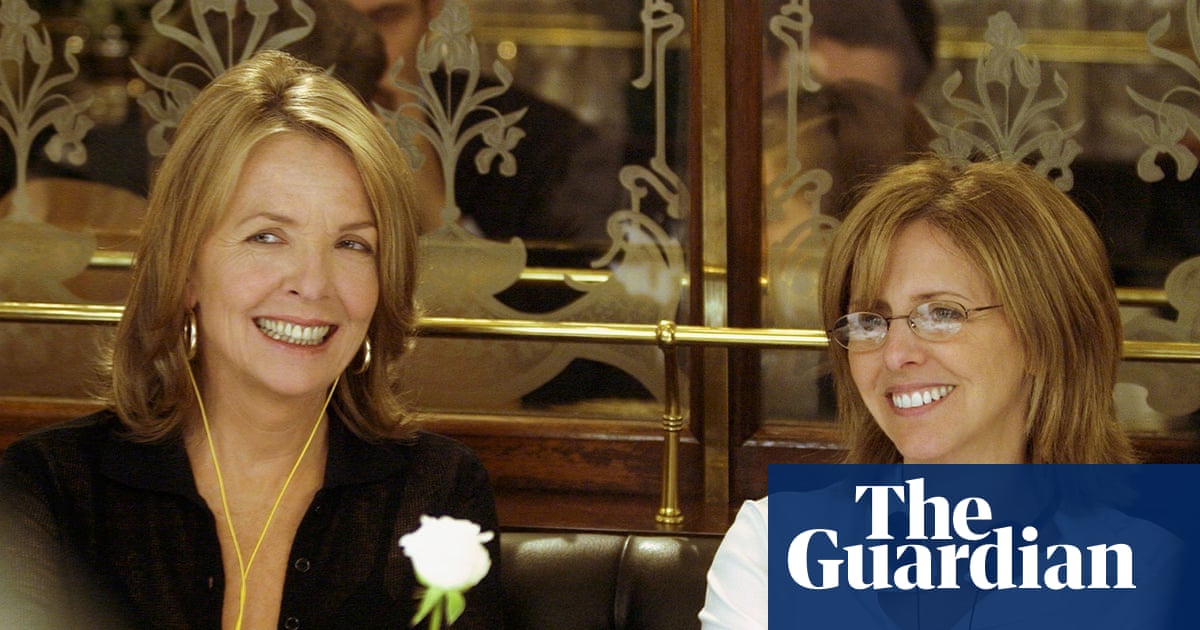
Film-maker Nancy Meyers has paid tribute to the late Diane Keaton, her “friend of almost 40 years” and collaborator on celebrated comedies Something’s Gotta Give, Baby Boom and Father of the Bride.
On Monday, Meyers wrote on Instagram that…
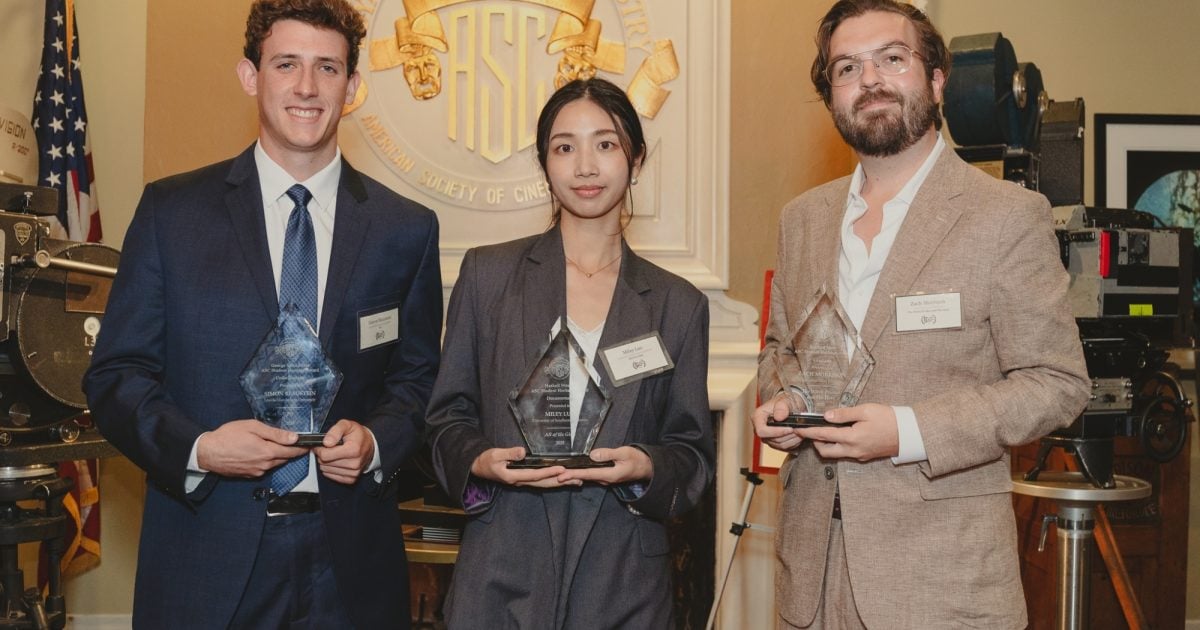
Since 1999, the ASC Student Heritage Awards have honored the work of up-and-coming cinematographers at the university level. The awards are a pillar of the Society’s ongoing commitment to recognizing and nurturing the next generation of…
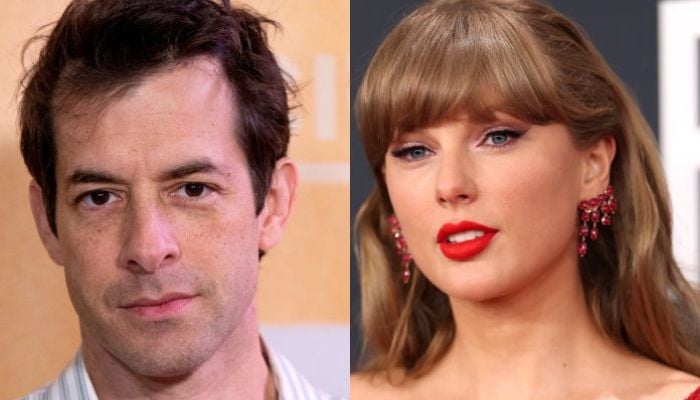
Mark Ronson recently shared…
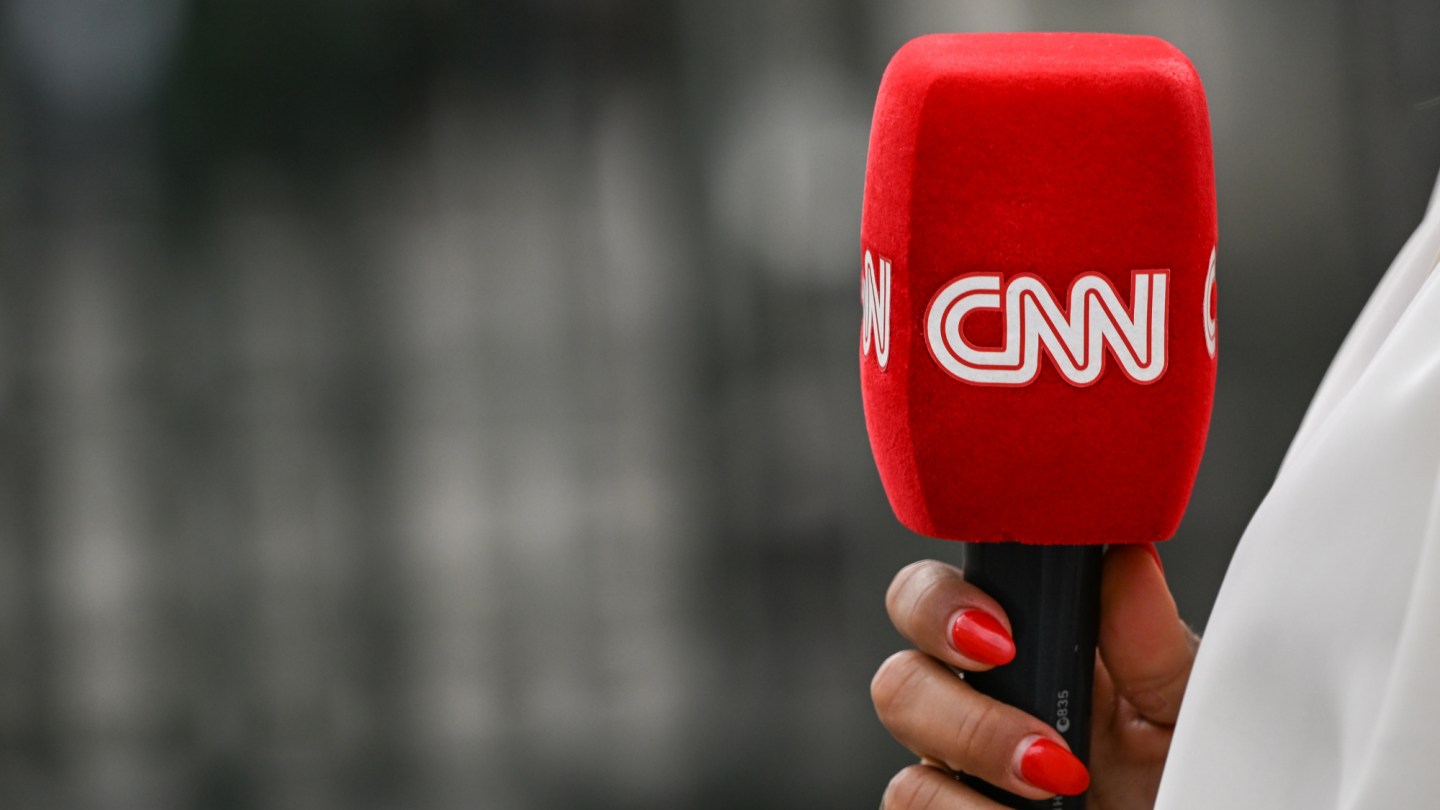
CNN is planting its own flag in the ever-growing creators economy.
The network’s international division revealed a new initiative on Thursday to create a unit, titled CNN Creators, based out of its newly launched Middle East hub in…
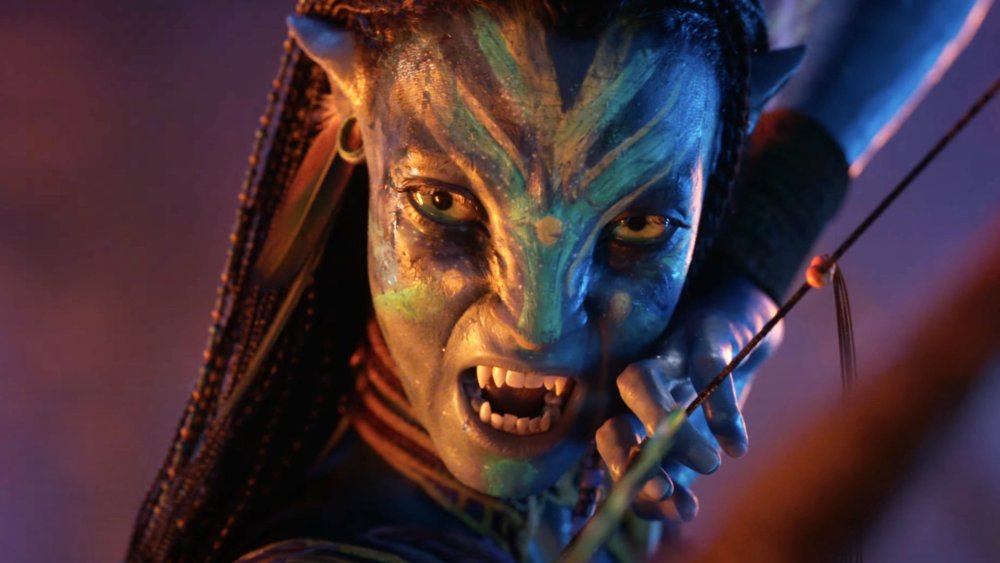
Zoe Saldaña said in an interview with Beyond Noise that James Cameron is “considering a documentary about the making” of the “Avatar” movies, which the Oscar-winning actor is keen on because it will “finally give us a chance to…
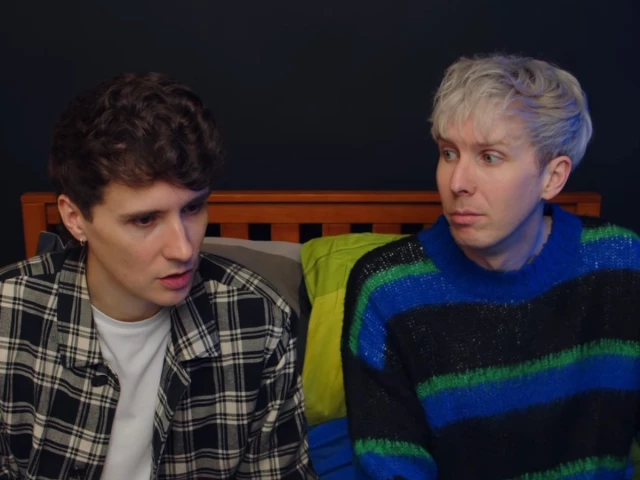
After more than a decade of speculation,…
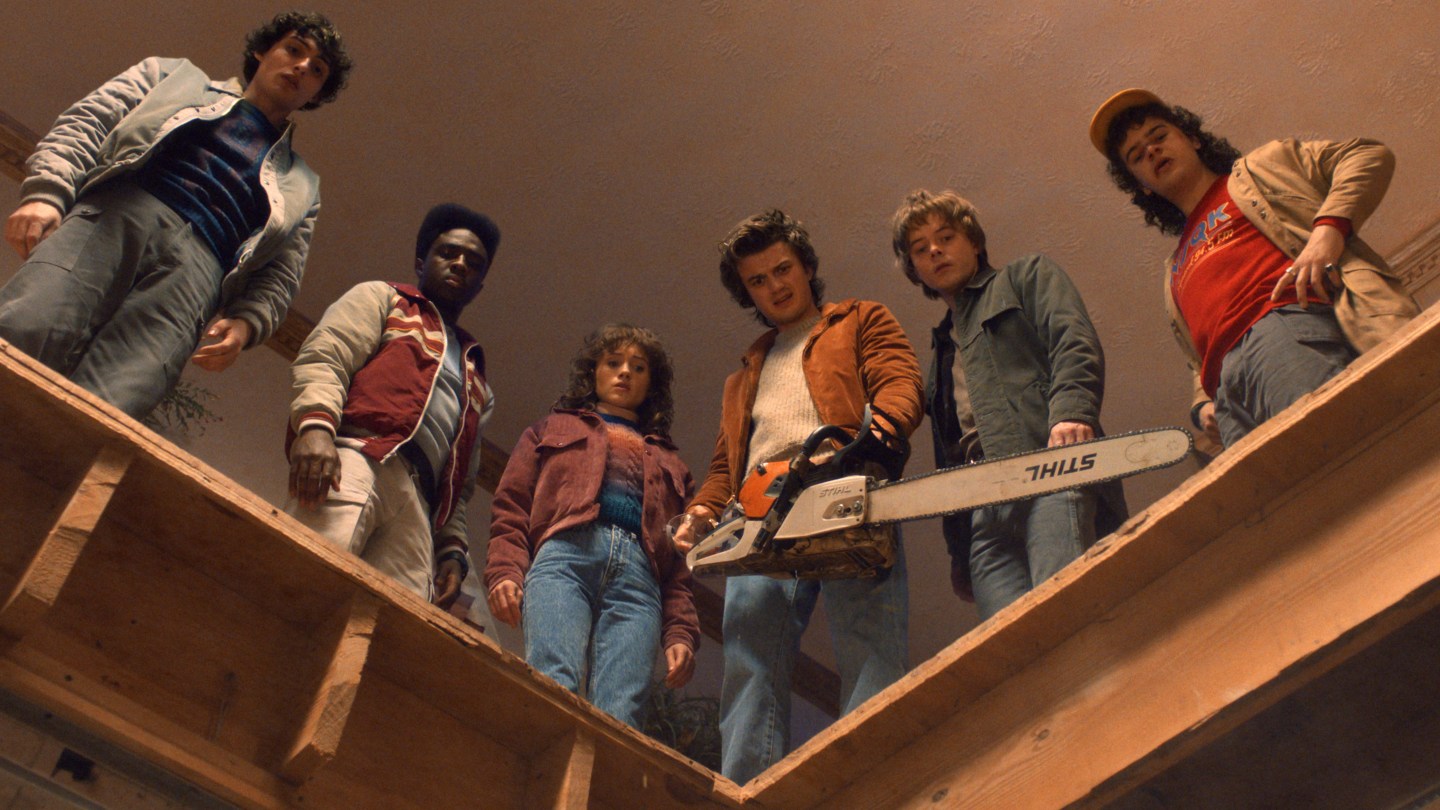
Stranger Things co-creator Ross Duffer is finally setting the record straight about the season five runtimes.
After rumors swirled that every episode in the fifth and final season of the hit Netflix series would run over 90 minutes long…
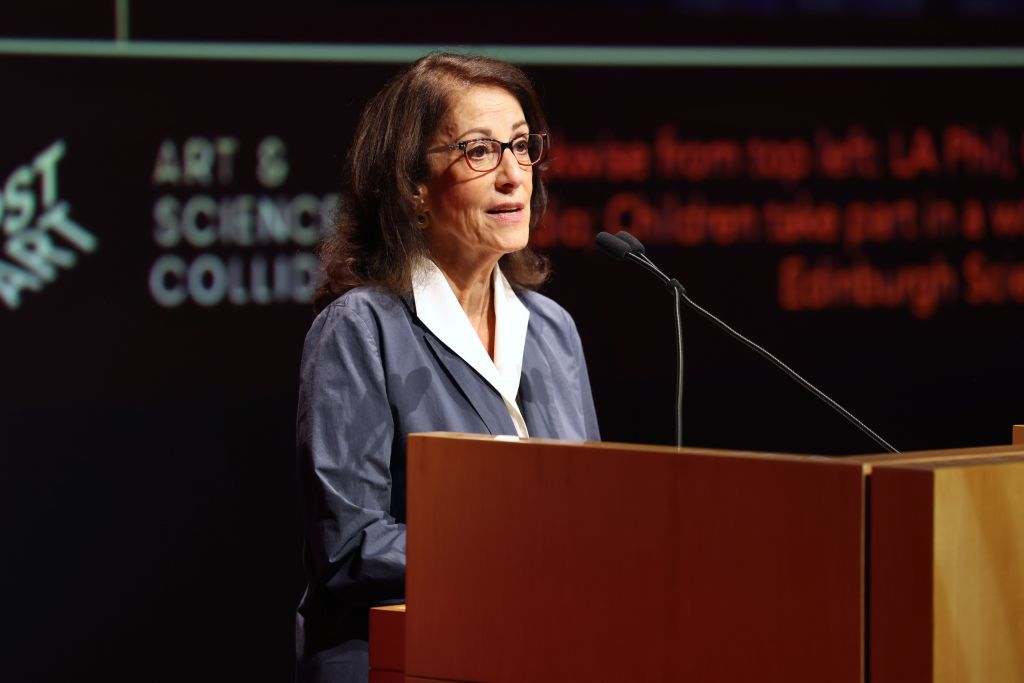
The Getty appointed the Getty Foundation director Joan Weinstein to the newly created role of vice president for Getty-wide program planning today. Though her appointment is effectively immediately, she will continue as foundation director…